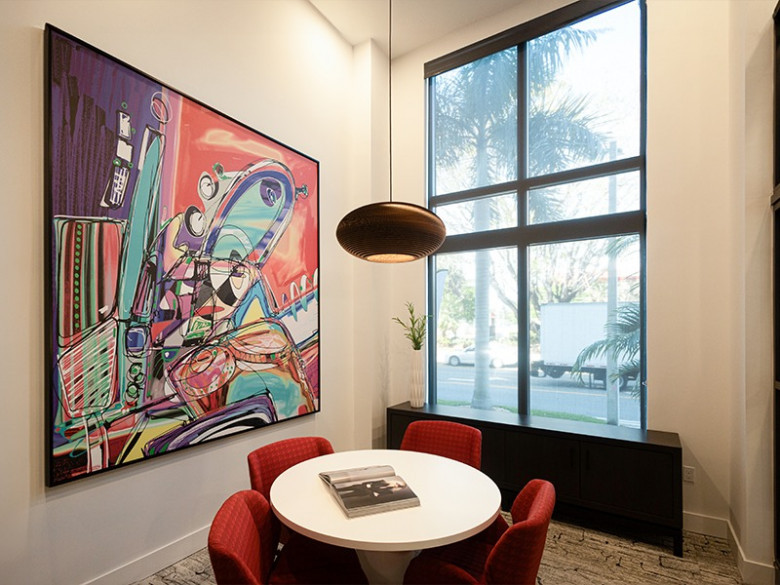views
How Interior Design Psychology Shapes Miami’s Built Environments
Miami’s architectural landscape is more than just visually striking, it actively shapes emotions, behaviors, and interactions. As the city continues evolving, interior design psychology plays a crucial role in creating spaces that enhance well-being, productivity, and cultural identity. Every home, workplace, and public setting is carefully designed to influence how people feel and function within them.
Design as a Sensory Language
Every aspect of a space (light, color, materials, acoustics, and layout) communicates directly with our senses. Soft lighting and organic textures foster calmness, while geometric patterns and bold colors energize. Acoustics influence stress levels; a noisy setting can heighten anxiety, while controlled sound environments promote relaxation and focus. Miami’s mix of urban sophistication and tropical beauty amplifies these effects, allowing designers to craft environments that support emotional well-being.
Miami’s cultural diversity further enhances these effects, as local designers weave influences from Latin American, Caribbean, and European traditions into immersive spaces that create deep emotional resonance.
The Influence of Space on Behavior
Interior design isn’t just about aesthetics, it’s a tool for shaping human behavior and mental health. Research shows that environments significantly impact focus, emotional balance, and interpersonal relationships. Miami’s designers and art consultants carefully integrate spatial openness, curated artwork, and natural elements to improve well-being, reduce anxiety, and enhance concentration. Schools, offices, and public spaces increasingly incorporate psychology-driven design elements to encourage collaboration and relaxation.
Workspaces with open layouts foster communication, while designated quiet zones enhance concentration. Wellness centers use warm colors and soft textures to promote healing, and restaurants design seating arrangements to encourage either connection or solitude, depending on the desired atmosphere.
Cultural Identity Reflected in Design

Miami’s vibrant cultural fabric is reflected in the design choices of its interior spaces. Businesses and public areas use architecture and decor to tell stories of heritage and brand identity. Restaurants may incorporate handcrafted details that highlight history, while corporate offices reinforce branding through strategic color schemes and materials.
Retail stores often use sustainable design practices, reinforcing environmental consciousness through reclaimed materials and energy-efficient features. Art installations become storytelling tools, celebrating inclusivity and local identity. Hotels leverage design choices, from lighting to furniture placement, to communicate atmosphere, whether warmth, elegance, or adventure.
Real-World Applications in Miami
Miami’s built environments demonstrate the psychological impact of design choices. Offices that integrate biophilic elements (plants, natural textures, and outdoor workspaces) have reported higher employee morale and retention. Boutique hotels strategically use textured finishes and curated lighting to foster relaxation and interaction. Schools with open layouts and soothing colors have shown improved student focus and engagement.
Even residential spaces reflect intentional psychology-driven design. Layout optimization, strategic furniture placement, and natural light integration all contribute to enhanced mental well-being and overall quality of life. Miami’s indoor-outdoor lifestyle further reinforces this approach, with well-designed terraces and patios promoting social connection and emotional rejuvenation.
The Role of Art Consultants
Art consultants bridge psychology and design by curating pieces that align with a space’s emotional intent. Whether fostering tranquility in a wellness retreat or stimulating creativity in a tech office, their expertise ensures that every visual element supports human interaction and well-being.
Transforming Spaces Through Psychology
Miami’s approach to interior design isn’t just about aesthetics, it’s about understanding human psychology and crafting environments that inspire, heal, and connect. By applying psychological principles to architecture and design, professionals create spaces that are not only functional but transformative, shaping experiences that resonate long after visitors leave.



Comments
0 comment